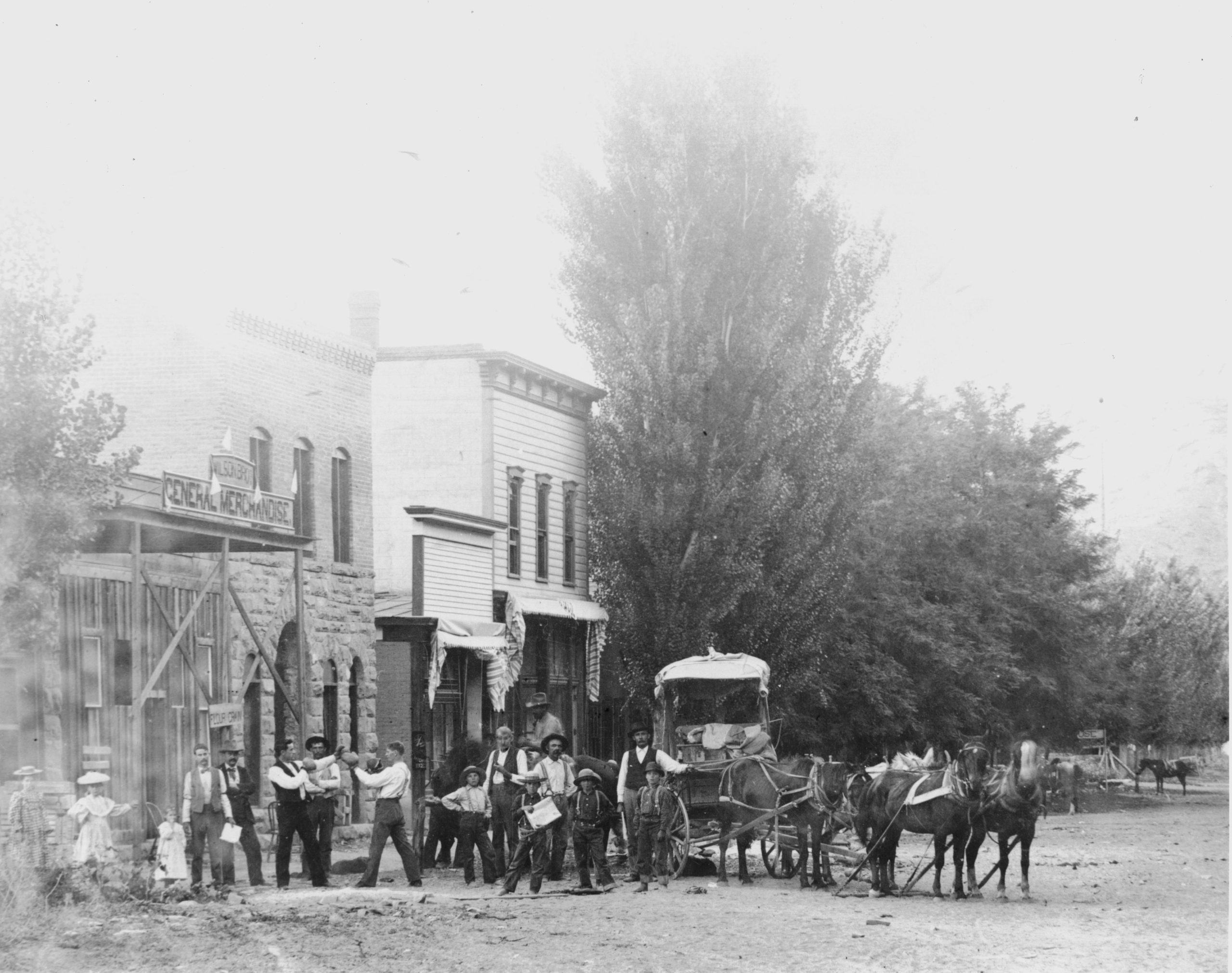Some information may be outdated.
Around 1900, Moab looked radically different than it does today. Over the previous decades, the U.S. government had forcibly relocated the Ute people indigenous to the region to reservation lands elsewhere in Utah and Colorado, and the completion of the Denver & Rio Grande Railroad in the 1880s ushered in increased settlement of the region by Euro-Americans. Settlers had begun to stream into the valley, often lured by the prospect of abundant land available for ranching.
A community of settlers seeking opportunity grew in our remote valley. By the turn of the twentieth century, the fledgling community had begun to have many of the essential components of a small town, including schools, stores, a courthouse, a post office, and even boarding houses for visitors or newcomers. Around that time, cameras became increasingly available and some of the early photographs in the Moab Museum’s Collections chronicle this timeframe.


The Moab Museum is dedicated to sharing stories of the natural and human history of the Moab area. This is part of a series highlighting photographs and stories of downtown Moab over time. To explore more of Moab’s stories and artifacts, find out about upcoming programs, and become a Member, visit www.moabmuseum.org.
Appreciate the coverage? Help keep local news alive.
Chip in to support the Moab Sun News.





